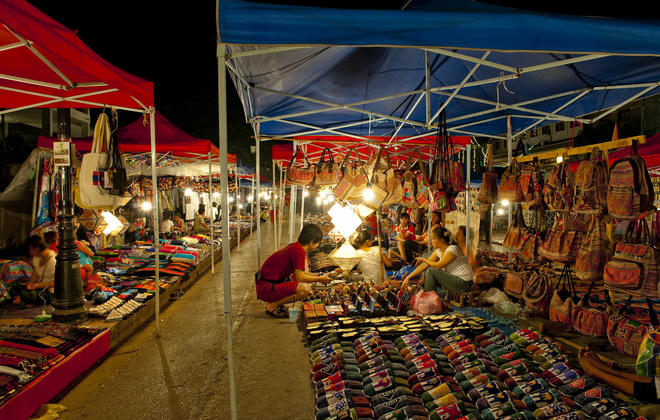Myanmar remains a land cloaked in mystery, where the path less travelled yields memories that linger for a lifetime. From the endless temple plains of Bagan, to the floating gardens and graceful fishermen of Inle Lake, to the pristine stretches of powdery sand along Ngapali, the country is a visual and cultural feast. Vast and diverse, roughly the size of France and England combined, Myanmar is home to more than 130 ethnic groups, each contributing to its extraordinary cultural mosaic. Stretching from snow-capped Himalayan peaks in the north to coral-fringed islands of the Andaman Sea in the south, Myanmar’s landscapes offer dramatic contrasts: fertile valleys, forested hills, serene rivers, and unspoilt coastlines. Ancient pagodas, royal palaces, and traditional villages pepper the terrain, offering a sense of timelessness and discovery. Whether seeking secluded beaches, cultural immersion, jungle adventures, or contemplative retreats among sacred temples, Myanmar presents an unrivalled opportunity to experience Southeast Asia in its purest and most authentic form—a country both enchanting and remarkably untouched.
Set close to India’s border in Myanmar’s Sagaing Region at the confluence of three rivers, the city of Kalaymo, best known as Kalay, serves as the gateway to Myanmar’s Chin State. The city boasts a fascinating religious and cultural mix of Buddhists and Christians, with countless Buddhist temples and over 600 churches. Visitors can look forward to swimming at Kyauk Ta Lone, a popular swimming area set in a beautiful valley, take in the stunning panoramic views on the mountain road into the Chin State, viewing the many traditional Burmese wooden houses lining the streets of the city and exploring the hilly surrounds dotted with ancient pagodas.



Making its home along the banks of the Chindwin River of Northern Myanmar, Monywa offers a rich tapestry of culture, tradition and natural beauty. Home to the world's largest reclining Buddha statue, visitors have the chance to walk inside this vast idol, measuring 90 metres from head to toe. Travellers to this extraordinary destination can admire the breathtaking ecosystem of the protected Alaungdaw Kathapa National Park while on an elephant-back ride through the forests or walk paths once tread by ancient Buddhist monks as they explore Pho Win Daung. This vast network of sandstone caves is decorated with over 400 000 images of Buddha, offering an unforgettable cultural and visual experience.





The last royal capital of Myanmar. Mention of the word “Mandalay” conjures up sentiments of romance and tragedy, as immortalized in the literary gifts of George Orwell, Rudyard Kipling and Somerset Maugham. The true saga of the last reigning monarch King Thibaw, however, is imbued with romance and tragedy as much as any literary account. Through a combination of deceit, manipulation and false hopes stirred by court advisors and his wife, the fitful reign of King Thibaw ended when the British took Upper Burma in 1885. His family was exiled to India, where they lived in near poverty for the remainder of their lives. Before him, the struggles of the many ancient kings to gain control of the region were as complex and fantastical as a fairy tale.
With British rule, Mandalay’s streets were laid out on a grid system with the large, square palace compound of the former King Thibaw as its epicenter and surrounded by high, red walls and a moat. The effect is unlike any other city in Southeast Asia. With Myanmar’s highest concentration of monks, hundreds of monasteries, and legions of craftsmen, Mandalay is widely regarded as the religious and cultural heart of Myanmar. Among the most venerable pagodas are the Mahamuni Paya, now home to an ancient Buddha image from Rakhine State in western Myanmar, covered in gold leaf by devout Buddhists over many years; and Kuthodaw Paya, with 729 marble slabs bearing inscriptions of the entire Buddhist Tripitaka canon placed around the central stupa. According to legend, on a visit to Myanmar accompanied by his disciple Ananda, the Buddha climbed the 236 meter high Mandalay Hill overlooking the surrounding plains. Standing at the summit, he pointed with arm outstretched to where the Mandalay Palace stands today, and declared that a great city would be founded there after 2,400 years. That year corresponds to 1857 AD, when King Mindon ordered the move of the royal capital from Amarapura to a new city constructed at the foot of Mandalay Hill and bearing its name. Near the top of the hill, a standing Buddha image represents the prophecy.




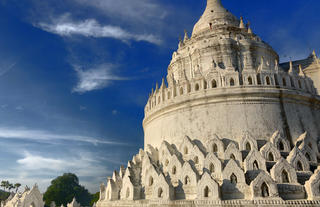
Situated high up in the western Shan State, Kalaw is a former hill station founded by British civil servants. It is something of a high-altitude resort – cool, calm and leafy – but is also widely known as a trekking Mecca in Myanmar, as those wishing to explore the surrounds can do so without prior permission. Its population is diverse, as Nepali Gurkhas, Indian Hindus, Sikhs and Muslims came here to build the roads and railway line during the British period. A wide variety of exploring options are available, including three-day treks to Inle Lake or Pindaya. At the town’s heart is its market, where villagers from the surrounding areas come to sell their produce and an eclectic range of foods. Visit the Aung Chang stupa, or take a ride to the Green Hill Valley elephant camp, founded in 2011 to care for ageing and ailing elephants.
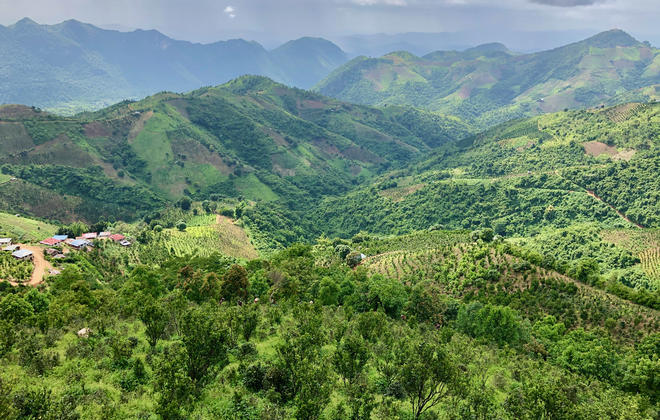


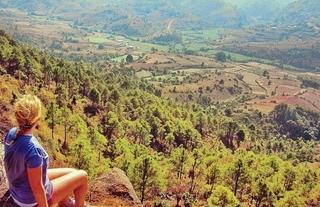
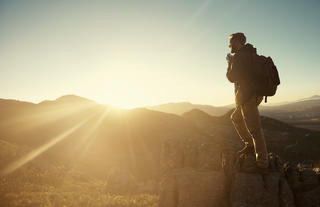
Myanmar remains a land cloaked in mystery, where the path less travelled yields memories that linger for a lifetime. From the endless temple plains of Bagan, to the floating gardens and graceful fishermen of Inle Lake, to the pristine stretches of powdery sand along Ngapali, the country is a visual and cultural feast. Vast and diverse, roughly the size of France and England combined, Myanmar is home to more than 130 ethnic groups, each contributing to its extraordinary cultural mosaic. Stretching from snow-capped Himalayan peaks in the north to coral-fringed islands of the Andaman Sea in the south, Myanmar’s landscapes offer dramatic contrasts: fertile valleys, forested hills, serene rivers, and unspoilt coastlines. Ancient pagodas, royal palaces, and traditional villages pepper the terrain, offering a sense of timelessness and discovery. Whether seeking secluded beaches, cultural immersion, jungle adventures, or contemplative retreats among sacred temples, Myanmar presents an unrivalled opportunity to experience Southeast Asia in its purest and most authentic form—a country both enchanting and remarkably untouched.





Centre of the Golden Triangle and the crossroads of cultural exchange and trade. Kyaing Tong is a beautiful town of tidy huts and shuttered roofs, tucked within the high, rugged mountain landscape of eastern Shan State.
It is the perfect starting point for trips deeper into the relatively unexplored Golden Triangle to visit ethnic minority villages scattered throughout the hills, home to the Akha, Ann, Lisu, Lishaw, Wa and Lahu people, as well as the majority Shan people of the region.
Longer treks to the border towns of Tachilek (Thailand) and Monglar (China) are possible for those looking for greater adventure and challenge.
In the uttermost east of Myanmar, nestled at 3,000 feet in a valley of green rice fields ringed by wooded hills, lies Kyaing Tong (Keng Tung), considered by some people to be the most scenic and atmospheric town in the country. It is an ancient town, continuously inhabited for 800 years or more by the Shan, the Khun and the Thai Lue peoples who still today comprise the majority of the area’s population. It is a crossroads of cultural exchange and trade, both licit and illicit. In addition to its proximity to Thailand, Kyaing Tong lies a mere two-hour drive from the Chinese border crossing at Monglar, or to the Mekong River, with Laos on its opposite bank.





Wedged between a number of larger neighbouring countries, Laos is often overlooked in favour of tourism giants such as Thailand and Vietnam. But these travellers are missing out on an extraordinarily scenic and culturally rich destination. Laos boasts a reputation as the least visited, least Westernised, and most untouched of all Indochinese nations. Only time will tell how long this will last, but while it does, visitors who choose to explore this nation’s remote areas will be richly rewarded. Laos’ primary drawcard is undoubtedly the mighty Mekong River which traverses the length of the country and is considered the second most biodiverse river in the world. In the north, the landscape is characterised by little-explored jungle-clad mountainous areas where visitors can witness the intriguing cultures of the various hill tribes that populate this region. Travellers on the hunt for cultural interest should head for the bustling capital of Vientiane, with its innumerable temples and Buddhist monuments. It is this variety of exotic wildlife, remote wilderness and remarkable cultural treasures that make Laos a truly unique and unforgettable holiday destination.
Ban Houayxay—also spelled Huay Xai or Houeisay—rests on Laos’ northeastern border with Thailand and is often treated as a simple transit stop, though it offers much more to those who pause and explore. Highlights include the lively Muang Keo Morning Market in Ban Muang Keo, where stalls overflow with fresh produce, local delicacies and handmade goods, as well as the atmospheric French-colonial ruins of Fort Carnot. Nature enthusiasts can venture into the nearby Bokeo Nature Reserve via The Gibbon Experience, an immersive conservation project allowing visitors to traverse forest canopy walkways and spot wildlife. For a deeper cultural connection, Daauw Village provides opportunities to engage with traditional Lao life through community-run programmes, with all contributions supporting local development. Ban Houayxay rewards curious travellers with authentic culture, history and nature in equal measure.
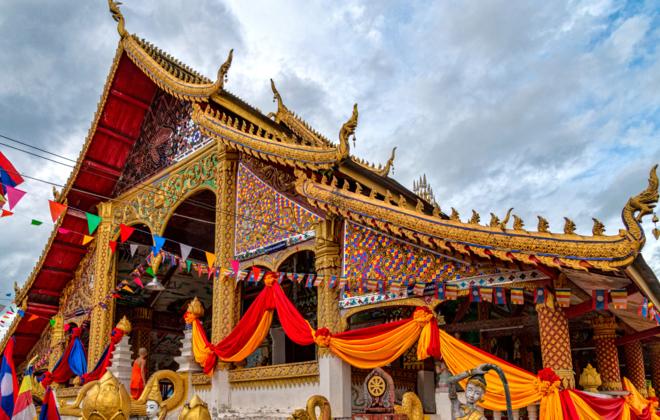
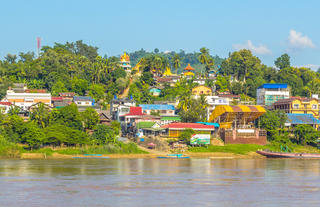
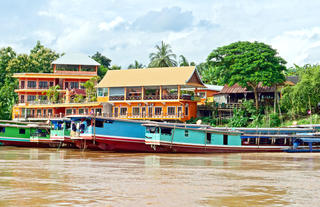
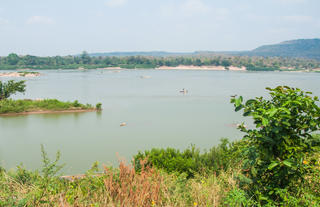
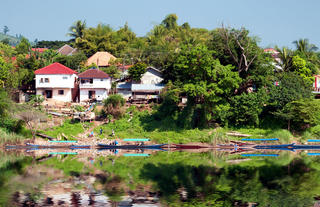
Flanking the Chinese border in Laos’ far north, Luang Nam Tha Province is a landscape of emerald rice paddies, misty mountains and some of the country’s most pristine wilderness. Its crown jewel is the Nam Ha National Protected Area, a vast expanse of rainforest alive with rare wildlife and over 300 bird species. More than 20 ethnic groups call this province home, creating a vibrant cultural mosaic reflected in village life, artisan traditions and local cuisine. The provincial capital, Luang Nam Tha city, serves as the perfect launch point for exploring the region, offering easy access to trekking routes, mountain-biking trails, river kayaking and immersive community-based experiences. It’s a place where natural beauty, adventure and culture come together in one truly captivating corner of Laos.
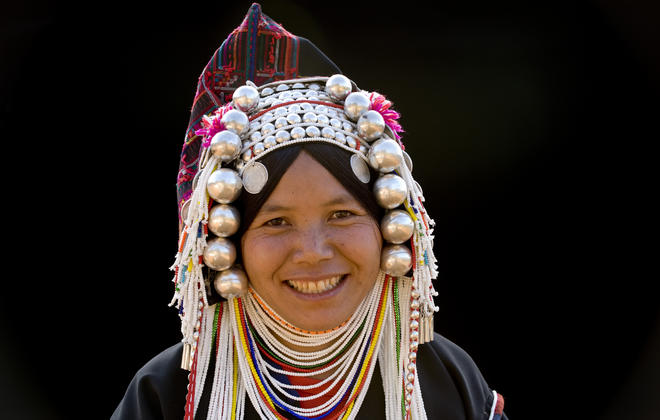



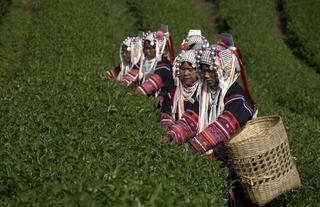
Set amid dramatic limestone cliffs along the serene Ou River, Nong Khiaw is a picturesque riverside town that invites travellers to slow down and linger for days. Verdant jungle trails lead to remote hill-tribe villages where traditional dress and time-honoured customs remain part of daily life, while bamboo-raft trips down the river reveal sweeping views of lush mountains and quiet rural scenes. A short, scenic 2-kilometre walk takes visitors to the historic Pha Tok Caves, once a refuge for Pathet Lao soldiers during the Second Indochina War. After a day of exploring, the town’s simple spas offer soothing steam baths and traditional massages—an ideal way to unwind as sunset settles over the cliffs. Rugged, peaceful and visually spectacular, Nong Khiaw is one of northern Laos’s most captivating small-town escapes.
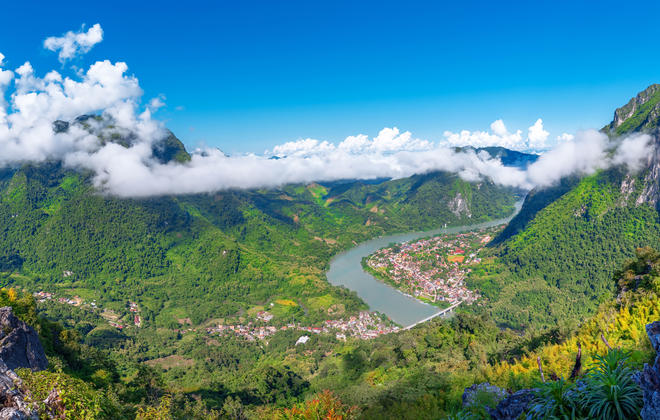

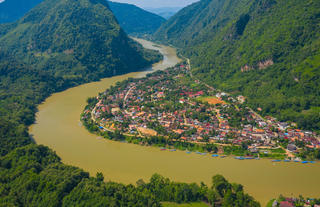
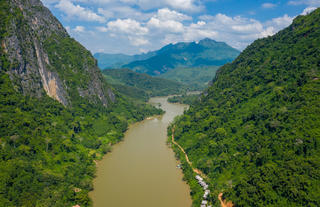
A charming town with elegant historical architecture and a distinctly French flavour, Luang Prabang in northern Laos is filled with interesting museums, bustling markets and traditional shops. 33 Buddhist temples dot the city.; the Haw Kham Royal Palace Museum and Wat Xieng Thong temple give travellers some background on and history of the Laotian people. Beyond the city, breathtaking nature and ancient sites await. Those who visit the Pak Ou Caves can see hundreds of Buddha statues accumulated there through the ages. The 180-foot Kuang Si Waterfalls, an hour’s drive out of the city, is one of the region’s natural highlights, with its layer upon cascading layer of turquoise pools and torrents.
